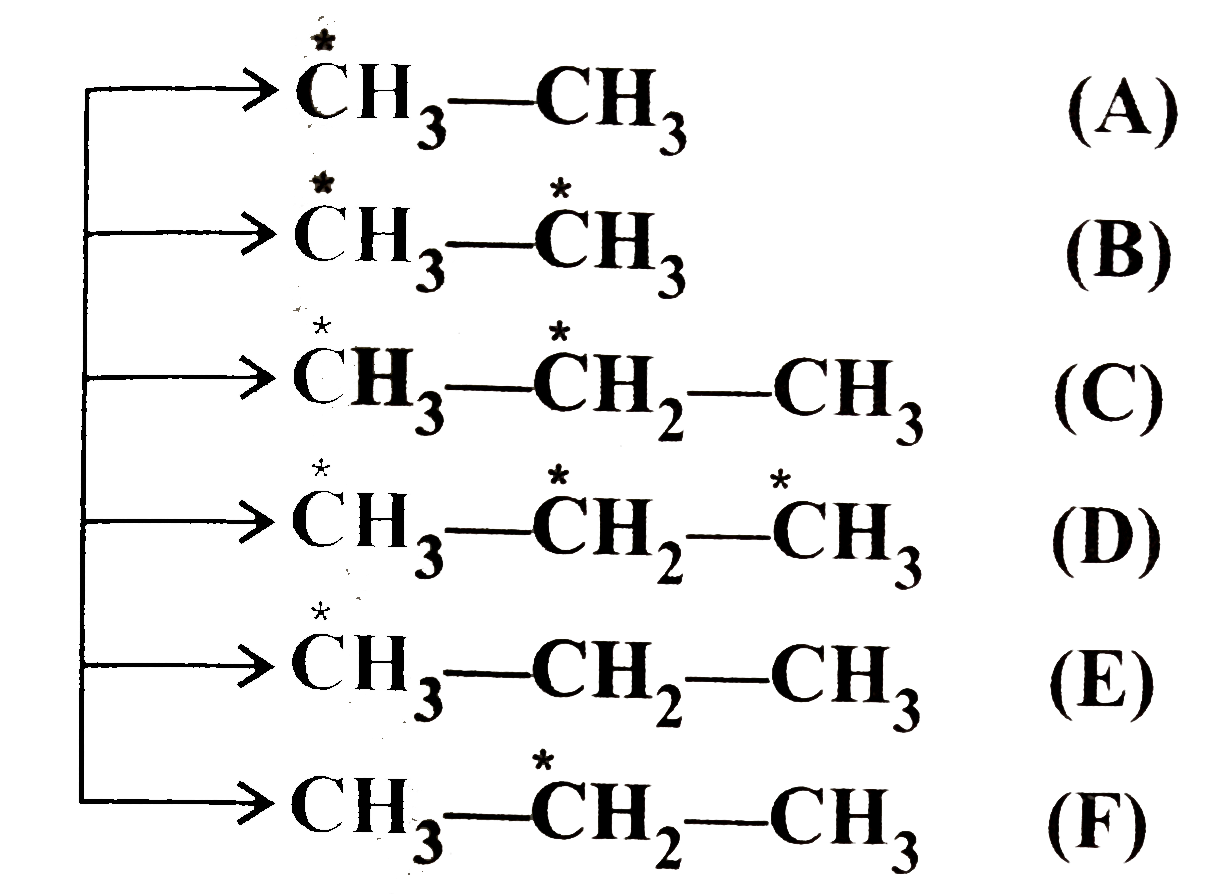Which of the following is the correct method for synthesising methyl-t-butyl ether and why ?
i. (CH3)3CBr+NaOMe→
ii. CH3Br+NaO−t−Bu→
method 1 should be used
method 2 should be used
any of the two methods can be used
none of the method can be used
The correct Answer is:B
To determine the correct method for synthesizing methyl tert-butyl ether, let's analyze both methods provided in the question step by step.
Step 1: Understanding the Structure of Methyl tert-butyl Ether
Methyl tert-butyl ether has the structure:
- Methyl group (–OCH₃) attached to a tert-butyl group (–C(CH₃)₃).
This can be represented as:
CH3|CH3−C−O−CH3|CH3
Step 2: Analyzing Method 1
The first method is:
1. Reaction: (CH₃)₃CBr + NaOMe → ?
2. Reactants:
- (CH₃)₃CBr is tert-butyl bromide (a tertiary alkyl halide).
- NaOMe is sodium methoxide (a strong base).
Mechanism:
- Tertiary alkyl halides tend to undergo elimination reactions rather than substitution due to steric hindrance.
- In this case, the base (NaOMe) will likely abstract a proton from the tert-butyl bromide, leading to the formation of an alkene (2-methylpropene) rather than the desired ether.
Conclusion: This method will not yield methyl tert-butyl ether, as it leads to elimination and the formation of an alkene.
Step 3: Analyzing Method 2
The second method is:
1. Reaction: CH₃Br + NaO-t-Bu → ?
2. Reactants:
- CH₃Br is methyl bromide (a primary alkyl halide).
- NaO-t-Bu is sodium tert-butoxide (a strong base).
Mechanism:
- Here, the methyl bromide is a primary alkyl halide, which is favorable for a nucleophilic substitution reaction (Williamson Ether Synthesis).
- The tert-butoxide ion (O-t-Bu) will act as a nucleophile and attack the carbon atom of methyl bromide, displacing the bromide ion and forming methyl tert-butyl ether.
Conclusion: This method will successfully yield methyl tert-butyl ether.
Final Conclusion
Based on the analysis:
- Method 1 does not yield the desired product (alkene formation).
- Method 2 successfully synthesizes methyl tert-butyl ether.
Thus, the correct method for synthesizing methyl tert-butyl ether is Method 2.
Methyl tert-butyl ether has the structure:
- Methyl group (–OCH₃) attached to a tert-butyl group (–C(CH₃)₃).
This can be represented as:
CH3|CH3−C−O−CH3|CH3
The first method is:
1. Reaction: (CH₃)₃CBr + NaOMe → ?
2. Reactants:
- (CH₃)₃CBr is tert-butyl bromide (a tertiary alkyl halide).
- NaOMe is sodium methoxide (a strong base).
- Tertiary alkyl halides tend to undergo elimination reactions rather than substitution due to steric hindrance.
- In this case, the base (NaOMe) will likely abstract a proton from the tert-butyl bromide, leading to the formation of an alkene (2-methylpropene) rather than the desired ether.
The second method is:
1. Reaction: CH₃Br + NaO-t-Bu → ?
2. Reactants:
- CH₃Br is methyl bromide (a primary alkyl halide).
- NaO-t-Bu is sodium tert-butoxide (a strong base).
- Here, the methyl bromide is a primary alkyl halide, which is favorable for a nucleophilic substitution reaction (Williamson Ether Synthesis).
- The tert-butoxide ion (O-t-Bu) will act as a nucleophile and attack the carbon atom of methyl bromide, displacing the bromide ion and forming methyl tert-butyl ether.
Based on the analysis:
- Method 1 does not yield the desired product (alkene formation).
- Method 2 successfully synthesizes methyl tert-butyl ether.
Similar Questions
Knowledge Check
Rank the transition states that occur during the following reaction steps in order of increasing stability (least → most stable) :
1. H3C−+OH2→CH+3+H2O
2. (CH3)3C−+CH2→(CH3)3C++H2O
3. (CH3)2CH−+OH2→(CH3)2CH++H2OA1<2<3B2<3<1C1<3<2D2<1<3
Complete the following :
(CH3)3CBr+alc.KOH→[A]HOCI−−−→[B]
View SolutionWhich alkyl halide from the following pair is (i) Chiral and (ii) undergoes SN1 reaction faster ?
(a) (CH3)3CBr
(b) CH3CH2CHBrCH3
View SolutionFollowing reaction:
(CH3)3C−Br+H2O→(CH3)3C−OH+HBr is an example of -
View SolutionSynthesise the following compounds starting with CH3I.

View SolutionThe following is not an appropriate reaction for the preparation of t-butyl ethyl ether.
C2H5ONa+CH3−CH3| C| CH3−Cl→CH3CH3| C| CH3−OC2H5
(i) What would be the major product of this reaction ?
(ii) Write a suitable reaction for the preparation of t-butylethyl ether.
View SolutionWhich of the following reactions will yield propan-2-ol ? Select the right answer from (a), (b), (c) and (d)
I. CH2=CH−CH3+H2OH+−−→
II. CH3−CHOCH3MgI/H2O−−−−−−−−→
III. CH2OC2H5MgI−−−−−−−−→H2O
IV. CH2=CH−CH3Neutral KMnO4−−−−−−−−−−→
View SolutionArrange the following compounds in the increasing order of their property as indicated:
i. Acetaldehyde, acetone, di-tert-butyl ketone, methyl tert-butyl ketone (reactivity towards HCN).
ii. CH3CH2CH(Br)COOH,CH3CH(Br)CH2COOH,(CH3)2CHCOOH,CH3CH2CH2COOH (acidic strength).
iii. Benzoic acid, 4-nitrobenzoic acid, 3,4-dinitro-benzoic acid, 4-methoxybenzoic acid (acidic strength).
View Solution
